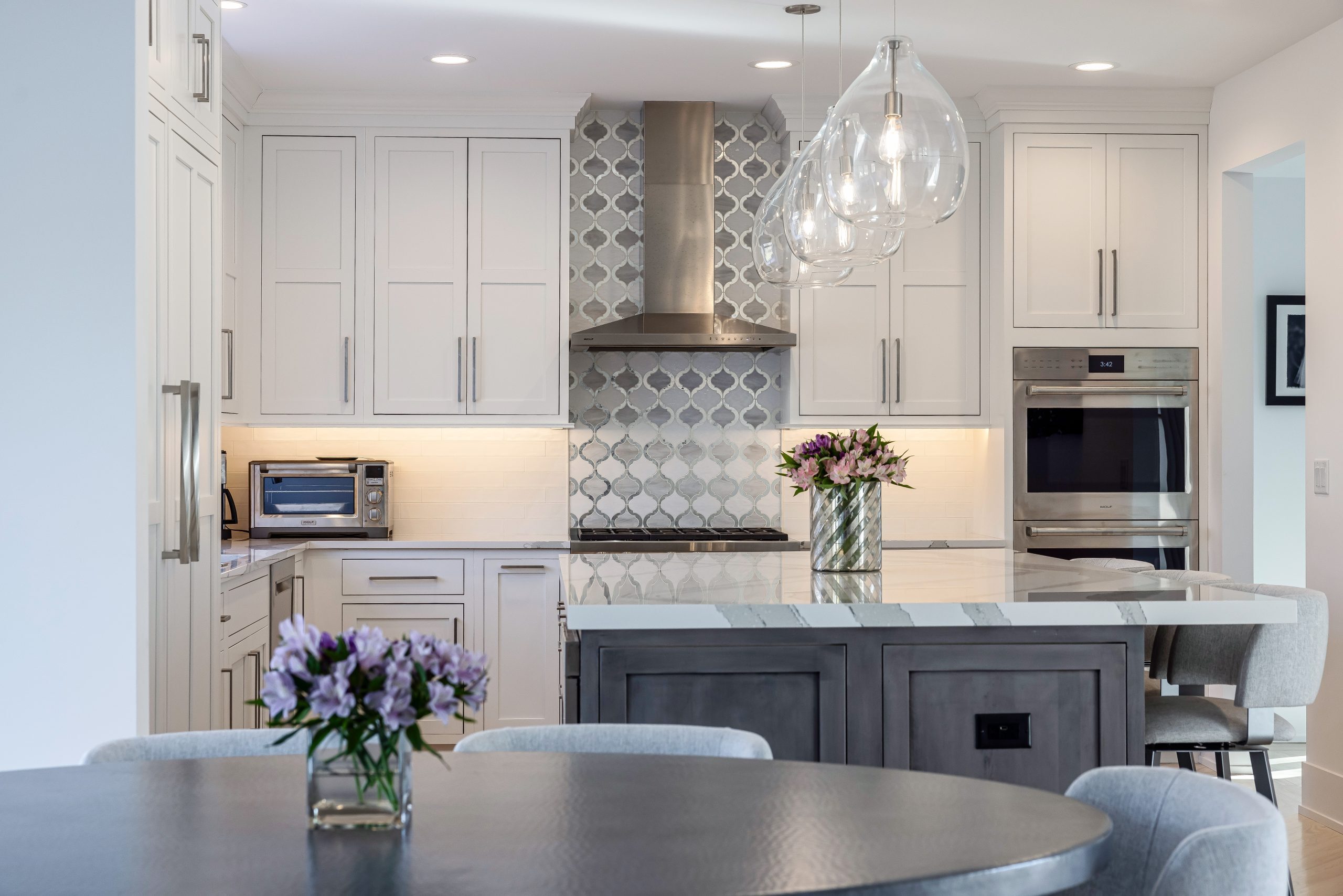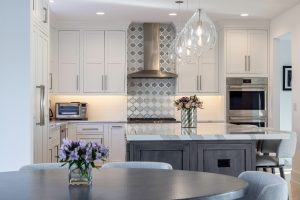- Home
- /
- Blog

 Great rooms don’t feel “bright”—they feel balanced. When lighting is planned as a simple system, surfaces look natural, tasks are easy, and the room can shift from lively to calm without hunting for switches. The secret isn’t buying more fixtures; it’s choosing a few that work together and giving them clear jobs with well-design lighting plans tailored to your lifestyle.
Great rooms don’t feel “bright”—they feel balanced. When lighting is planned as a simple system, surfaces look natural, tasks are easy, and the room can shift from lively to calm without hunting for switches. The secret isn’t buying more fixtures; it’s choosing a few that work together and giving them clear jobs with well-design lighting plans tailored to your lifestyle.
Cohesive Lighting Plans: The Three Layers
Cohesive lighting plans blend ambient, task, and accent so no single layer has to work too hard. Ambient sets the baseline, task puts light where hands and eyes work, and accent adds dimension. Think of it like audio: a steady rhythm (ambient), clear vocals (task), and a little harmony (accent).
Ambient: Your Everyday Baseline
Ambient light should be even and comfortable, not glaring. Use ceiling fixtures or indirect sources that bounce light off walls or ceilings to reduce harsh shadows. Keep color temperature consistent across the room so walls and floors don’t shift tones from fixture to fixture. If the room feels flat, don’t crank brightness—add depth with the other layers.
Task: Bright Where It Matters
Task lighting makes daily life easier: reading on the sofa, chopping at the island, homework at the table. Place it close to the work surface so you can dim the rest of the room without losing visibility. Favorites include under-cabinet channels in kitchens, swing-arm lamps in living areas, and desk lamps with simple dimming. If you squint or cast your own shadow, the task beam needs to move or brighten.
Accent: Shape and Mood
Accent lighting isn’t decoration; it’s definition. Aim small, warm sources at artwork, open shelves, or textured walls to create gentle contrast. A few low-wattage, well-aimed accents make a space feel layered and calm. If you can spot the bulb, it’s too bright or aimed at the wrong surface—wash the material, not your eyes.
Controls That Keep Things Simple
Group by purpose, not fixture type. One control for ambient, one for task, one for accent. Save two or three scenes you’ll actually use—Morning (bright, cool-neutral), Dinner (lower, warmer), and Wind-Down (mostly accent/task at low levels). Put the controls where habits happen: near the kitchen entry, by the sofa, and at the bedroom door.
Lighting Plans – Common Mistakes to Avoid
-
Too many cans, not enough lamps
-
Mismatched color temperatures that fight each other
-
No dimming, so every scene feels the same
-
Accent lights pointed at eyeballs instead of surfaces
Want a quick walk-through to map lighting plans for your space? Talk to an expert and we’ll sketch options that look good day and night.
















